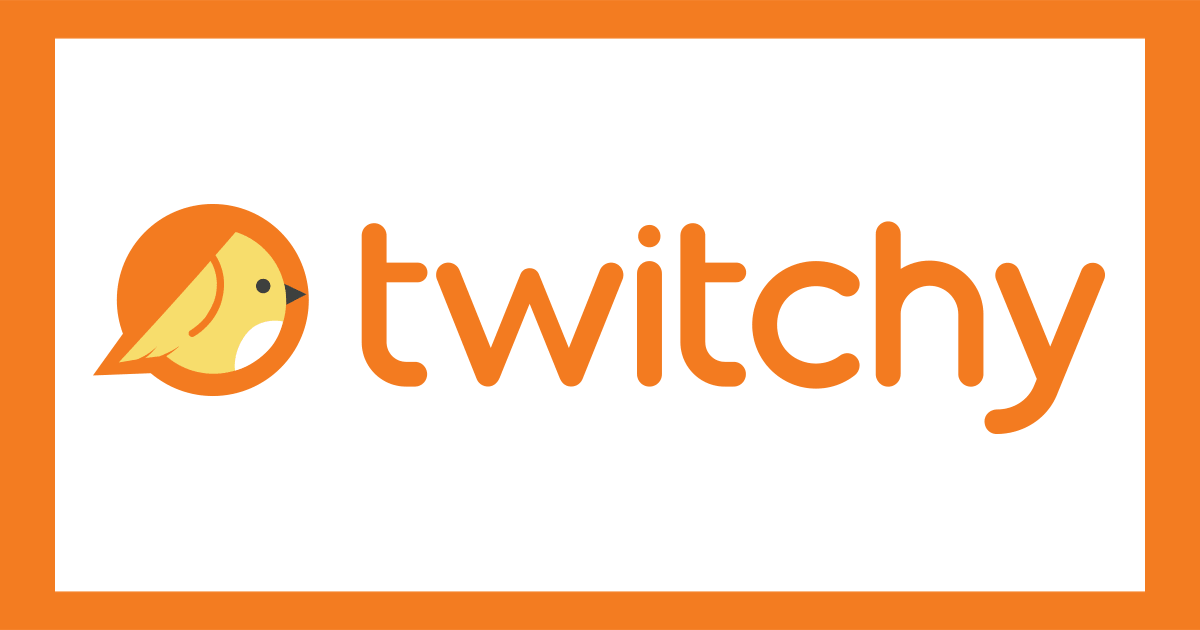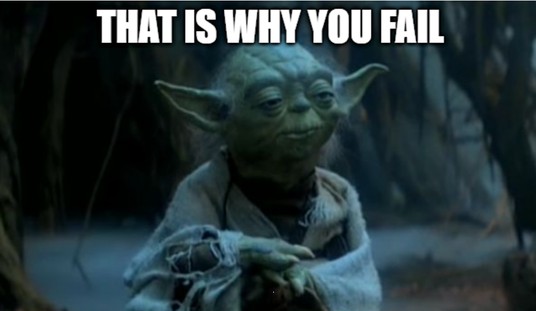The New York Times reported on a new study out of South Korea which is being used a part of the argument to keep schools closed this fall, but there are some serious issues with the underlying data and the way the NYT reported it:
A new study of nearly 65,000 people in South Korea found that children between the ages of 10 and 19 can spread the coronavirus just as much as adults, suggesting that school reopenings will trigger more outbreaks https://t.co/5CFGOe6lmd
— The New York Times (@nytimes) July 18, 2020
Professor Francois Balloux, Director of the UCL Genetics Institute in the UK calls it “an atrocious take on a fairly murky and confused report”:
An atrocious take on a fairly murky and confused report. Only 0.5% and 2.2% of the potential 'index cases' fell in the 0-9 and 10-19 age groups, respectively (Table 1).https://t.co/MCps3xfLwi https://t.co/00ImHq4LtJ
— Prof Francois Balloux (@BallouxFrancois) July 18, 2020
Pretty much:
NYT is a disgrace.https://t.co/qT4WQBE7b6
— Phil Kerpen (@kerpen) July 19, 2020
More on the underlying issues here from infectious disease expert Alasdair Munro, summarized as “But it’s a total bomb on the conclusion that children aged 10-20 transmit the most. We have no idea if they transmitted to all or none of these secondary cases”:
A very interesting study here from South Korea, doing widespread contact tracing to give us a huge data set on secondary attack rates (SAR) for #COVID19 from different age groups
But all is not as it seems…https://t.co/lbEy9CPI0M
1/7
— Alasdair Munro (@apsmunro) July 19, 2020
What did they find?
Lowest SAR from children <10y – 5.3% (consistent with other data so far)
Highest SAR from children 10-20y – 18.6%?!
How can it go from lowest to highest in one age bracket?!
2/7
— Alasdair Munro (@apsmunro) July 19, 2020
Recommended
First let’s say that older teens (particularly >15y) do seem to transmit similar to adults, and may be higher risk due to lots of social contacts and less careful behaviour
We don’t have data for 10-15 or 15-20
But this seems like a big and unexpected jump. Why?
3/7
— Alasdair Munro (@apsmunro) July 19, 2020
Well a possible explanation is the small numbers of children as index cases. There were only 42 secondary cases from kids aged 10-20, meaning a single super spreading event in a big household from an 18y old could hugely skew results
But wait, there’s more…
4/7
— Alasdair Munro (@apsmunro) July 19, 2020
Here is the kicker
I have seen unpublished data on this same cohort of children
Almost every single secondary case from a child index case SHARED the initial exposure
Meaning they probably became infected at the same time, the child just developed symptoms first
5/7
— Alasdair Munro (@apsmunro) July 19, 2020
I assume this wasn’t reported here as the authors weren’t able to discern this for all cases in this huge data set
But it’s a total bomb on the conclusion that children aged 10-20 transmit the most. We have no idea if they transmitted to all or none of these secondary cases
6/7
— Alasdair Munro (@apsmunro) July 19, 2020
It’s why we must treat these types of study with HUGE amounts of caution, particularly when there are potentially big political implications of rushing to conclusions based on the results
7/7
— Alasdair Munro (@apsmunro) July 19, 2020
Maybe the NYT should address their very bad article?
Modern media is predicated on arresting headlines that are not remotely supported in the articles below. Not by data, attributed quotes or any other backup.
And nobody cares because all people do is tweet out alarming headlines. They feel thats enough to understand the world https://t.co/agTzR9OWk2
— Tom Goodwin (@tomfgoodwin) July 18, 2020
It’s worse than “sad.” There are very real consequences right now:
It’s incredible how we jump to conclusions looking at a single study, especially about a topic as emotive as children. It is sad to see many have bought into the NYT story about the SK transmission study. Pls read this great thread, @apsmunro brings nuanced interpretation. https://t.co/zELAXd2BMt
— Dr Muge Cevik (@mugecevik) July 19, 2020
***























Join the conversation as a VIP Member